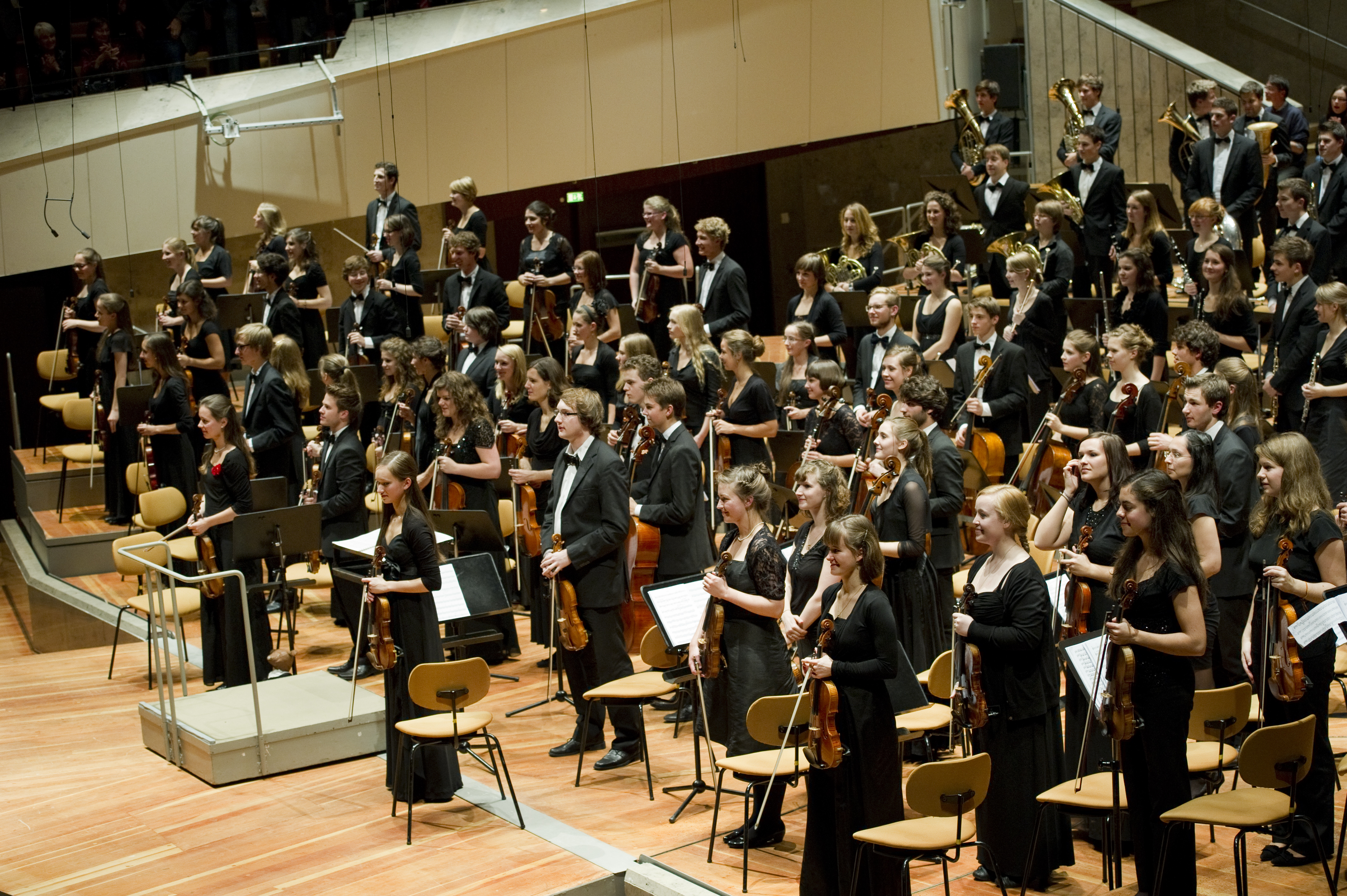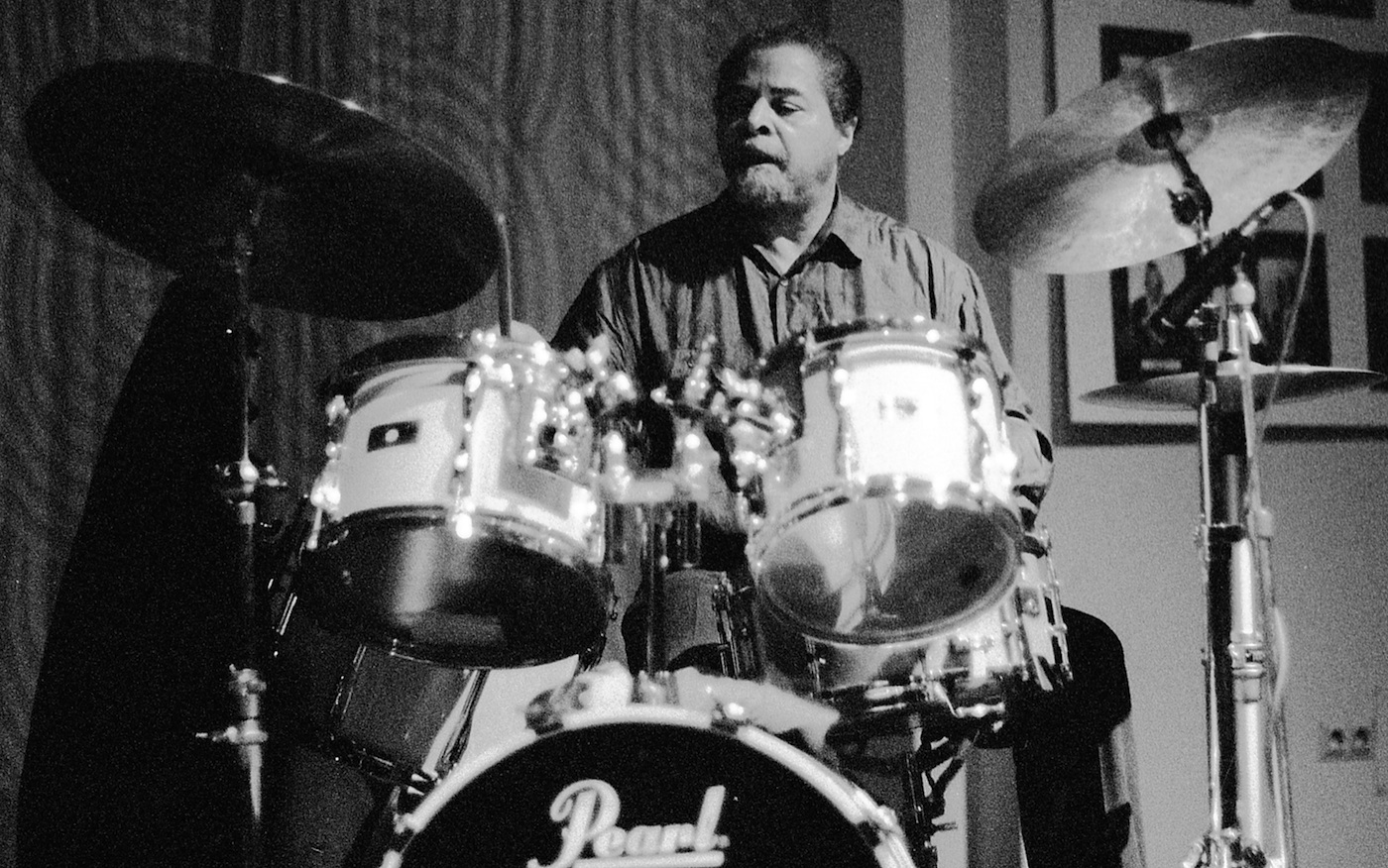|
Porgy And Bess (Miles Davis Album)
''Porgy and Bess'' (CL 1274) is a studio album by the jazz musician Miles Davis, released in March 1959 on Columbia Records. The album features arrangements by Davis and collaborator Gil Evans from George Gershwin's 1935 opera of the same name. The album was recorded in four sessions on July 22, July 29, August 4, and August 18, 1958, at Columbia's 30th Street Studio in New York City. It is the third collaboration between Davis and Evans and has garnered much critical acclaim since its release, being acknowledged by some music critics as the best of their collaborations. Jazz critics have regarded the album as historically important. Larkin, Colin. "Review: ''Porgy and Bess''", '' Virgin Encyclopedia of Popular Music'': March 1, 2002. Background Conception In 1958, Davis was one of many jazz musicians growing dissatisfied with bebop, seeing its increasingly complex chord changes as hindering creativity. Five years earlier, in 1953, pianist George Russell published his '' Lydi ... [...More Info...] [...Related Items...] OR: [Wikipedia] [Google] [Baidu] |
Miles Davis
Miles Dewey Davis III (May 26, 1926September 28, 1991) was an American jazz trumpeter, bandleader, and composer. He is among the most influential and acclaimed figures in the history of jazz and 20th century music, 20th-century music. Davis adopted a variety of musical directions in a roughly five-decade career that kept him at the forefront of many major stylistic developments in jazz. Born into an upper-middle-class family in Alton, Illinois, and raised in East St. Louis, Davis started on the trumpet in his early teens. He left to study at Juilliard School, Juilliard in New York City, before dropping out and making his professional debut as a member of saxophonist Charlie Parker's bebop quintet from 1944 to 1948. Shortly after, he recorded the ''Birth of the Cool'' sessions for Capitol Records, which were instrumental to the development of cool jazz. In the early 1950s, while addicted to heroin, Davis recorded some of the earliest hard bop music under Prestige Records. After a ... [...More Info...] [...Related Items...] OR: [Wikipedia] [Google] [Baidu] |
Porgy And Bess
''Porgy and Bess'' ( ) is an English-language opera by American composer George Gershwin, with a libretto written by author DuBose Heyward and lyricist Ira Gershwin. It was adapted from Dorothy Heyward and DuBose Heyward's play ''Porgy (play), Porgy'', itself an adaptation of DuBose Heyward's 1925 novel ''Porgy (novel), Porgy''. ''Porgy and Bess'' was first performed in Boston on September 30, 1935, before it moved to Broadway theatre, Broadway in New York City. It featured a cast of classically trained African-American singers—a daring artistic choice at the time. A 1976 #1976 Houston Grand Opera production, Houston Grand Opera production gained it a renewed popularity, and it is now one of the best known and most frequently performed operas. The libretto of ''Porgy and Bess'' tells the story of Porgy, a disabled black street beggar living in the slums of Charleston, South Carolina, Charleston. It deals with his attempts to rescue Bess from the clutches of Crown, her violent ... [...More Info...] [...Related Items...] OR: [Wikipedia] [Google] [Baidu] |
Modal Jazz
Modal jazz is jazz that makes use of musical modes, often modulating among them to accompany the chords instead of relying on one tonal center used across the piece. Though exerting influence to the present, modal jazz was most popular in the 1950s and 1960s, as evidenced by the success of Miles Davis's 1958 composition "Milestones" and 1959 album '' Kind of Blue'', and John Coltrane's quartet from 1960 to 1965. Other performers of modal jazz include Chick Corea, Bill Evans, Herbie Hancock, Joe Henderson, Bobby Hutcherson, Pharoah Sanders, Woody Shaw, Wayne Shorter, McCoy Tyner, and Larry Young.Henry Martin, Keith Waters (2008). ''Essential Jazz: The First 100 Years'', pp. 178-79. . History In bebop as well as in hard bop, musicians use chords to provide the background for solos. A piece starts out with a theme that introduces a series of chords for the solos. These chords repeat throughout the whole piece, while the soloists play new, improvised themes over the repeated cho ... [...More Info...] [...Related Items...] OR: [Wikipedia] [Google] [Baidu] |
Musical Scale
In music theory, a scale is "any consecutive series of notes that form a progression between one note and its octave", typically by order of pitch or fundamental frequency. The word "scale" originates from the Latin ''scala'', which literally means "ladder". Therefore, any scale is distinguishable by its "step-pattern", or how its intervals interact with each other. Often, especially in the context of the common practice period, most or all of the melody and harmony of a musical work is built using the notes of a single scale, which can be conveniently represented on a staff with a standard key signature. Due to the principle of octave equivalence, scales are generally considered to span a single octave, with higher or lower octaves simply repeating the pattern. A musical scale represents a division of the octave space into a certain number of scale steps, a scale step being the recognizable distance (or interval) between two successive notes of the scale. However, the ... [...More Info...] [...Related Items...] OR: [Wikipedia] [Google] [Baidu] |
Classical Music
Classical music generally refers to the art music of the Western world, considered to be #Relationship to other music traditions, distinct from Western folk music or popular music traditions. It is sometimes distinguished as Western classical music, as the term "classical music" can also be applied to List of classical and art music traditions, non-Western art musics. Classical music is often characterized by formality and complexity in its musical form and Harmony, harmonic organization, particularly with the use of polyphony. Since at least the ninth century, it has been primarily a written tradition, spawning a sophisticated music notation, notational system, as well as accompanying literature in music analysis, analytical, music criticism, critical, Music history, historiographical, musicology, musicological and Philosophy of music, philosophical practices. A foundational component of Western culture, classical music is frequently seen from the perspective of individual or com ... [...More Info...] [...Related Items...] OR: [Wikipedia] [Google] [Baidu] |
Key (music)
In music theory, the key of a piece is the group of pitches, or scale, that forms the basis of a musical composition in Western classical music, jazz music, art music, and pop music. A particular key features a '' tonic (main) note'' and its corresponding '' chords'', also called a ''tonic'' or ''tonic chord'', which provides a subjective sense of arrival and rest. The tonic also has a unique relationship to the other pitches of the same key, their corresponding chords, and pitches and chords outside the key. Notes and chords other than the tonic in a piece create varying degrees of tension, resolved when the tonic note or chord returns. The key may be in the major mode, minor mode, or one of several other modes. Musicians assume major when this is not specified; for example, "this piece is in C" implies that the key of the piece is C major. Popular songs and classical music from the common practice period are usually in a single key; longer pieces in the classical repe ... [...More Info...] [...Related Items...] OR: [Wikipedia] [Google] [Baidu] |
Lydian Chromatic Concept Of Tonal Organization
The ''Lydian Chromatic Concept of Tonal Organization'' is a 1953 jazz music theory book written by George Russell. The book is the founding text of the Lydian Chromatic Concept (LCC), or Lydian Chromatic Theory (LCT). Russell's work postulates that all music is based on the tonal gravity of the Lydian mode. Deriving Lydian Russell believed that dominant function is the driving force behind all harmonic motion. Russell focuses on the Lydian mode because it can be built with fifths. For instance, to construct a C Lydian scale one could list the first seven tones on the circle of fifths starting with C, the desired Lydian Tonic. This process would yield C, G, D, A, E, B, F. If these tones are voiced in the space of an octave, they form the Lydian mode; specifically, C Lydian (C, D, E, F, G, A, B). Olive Jones and George Russell, The Black P ... [...More Info...] [...Related Items...] OR: [Wikipedia] [Google] [Baidu] |
George Russell (composer)
George Allen Russell (June 23, 1923 – July 27, 2009) was an American jazz pianist, composer, arranger and theorist. He is considered one of the first jazz musicians to contribute to general music theory with a theory of harmony based on jazz rather than European music, in his book '' Lydian Chromatic Concept of Tonal Organization'' (1953). Early life Russell was born in Cincinnati, Ohio, on June 23, 1923, to a white father and a black mother. He was adopted by a nurse and a chef on the B & O Railroad, Bessie and Joseph Russell. Young Russell sang in the choir of the African Methodist Episcopal Church and listened to the Kentucky Riverboat music of Fate Marable. He made his stage debut at age seven, singing "Moon Over Miami" with Fats Waller. Surrounded by the music of the black church and the big bands which played on the Ohio Riverboats, and with a father who was a music educator at Oberlin College, he began playing drums with the Boy Scouts and Bugle Corps, receiving a ... [...More Info...] [...Related Items...] OR: [Wikipedia] [Google] [Baidu] |
Jimmy Cobb
Wilbur James "Jimmy" Cobb (January 20, 1929May 24, 2020) was an American jazz drummer. He was part of Miles Davis's First Great Sextet. He was awarded an NEA Jazz Masters Fellowship in 2009. Early life Cobb was born in Washington, D.C., on January 20, 1929. Before he began his music career, he listened to jazz albums and stayed awake into the late hours of the night to listen to Symphony Sid broadcasting from New York City. Raised Catholic, he was also exposed to Church music. Cobb started his touring career in 1950 with the saxophonist Earl Bostic. He subsequently performed with vocalist Dinah Washington, pianist Wynton Kelly, saxophonist Cannonball Adderley, bassist Keter Betts, Frank Wess, Leo Parker, and Charlie Rouse. His website also recounts his gigs with Billie Holiday, Pearl Bailey, and Dizzy Gillespie that took place before 1957. Career Cobb joined Miles Davis in 1958 as part of the latter's First Great Sextet, after Adderley recommended him to Davis. Cobb' ... [...More Info...] [...Related Items...] OR: [Wikipedia] [Google] [Baidu] |
Internet Archive
The Internet Archive is an American 501(c)(3) organization, non-profit organization founded in 1996 by Brewster Kahle that runs a digital library website, archive.org. It provides free access to collections of digitized media including websites, Application software, software applications, music, audiovisual, and print materials. The Archive also advocates a Information wants to be free, free and open Internet. Its mission is committing to provide "universal access to all knowledge". The Internet Archive allows the public to upload and download digital material to its data cluster, but the bulk of its data is collected automatically by its web crawlers, which work to preserve as much of the public web as possible. Its web archiving, web archive, the Wayback Machine, contains hundreds of billions of web captures. The Archive also oversees numerous Internet Archive#Book collections, book digitization projects, collectively one of the world's largest book digitization efforts. ... [...More Info...] [...Related Items...] OR: [Wikipedia] [Google] [Baidu] |
Chord (music)
In Western music theory, a chord is a group of notes played together for their harmony, harmonic Consonance and dissonance, consonance or dissonance. The most basic type of chord is a Triad (music), triad, so called because it consists of three distinct notes: the Root (chord), root note along with Interval (music), intervals of a Third (chord), third and a Fifth (chord), fifth above the root note. Chords with more than three notes include added tone chords, extended chords and tone clusters, which are used in contemporary classical music, jazz, and other genres. Chords are the building blocks of harmony and form the harmonic foundation of a piece of music. They provide the harmonic support and coloration that accompany melodies and contribute to the overall sound and mood of a musical composition. The factor (chord), factors, or component notes, of a chord are often sounded simultaneously but can instead be sounded consecutively, as in an arpeggio. A succession of chords is ca ... [...More Info...] [...Related Items...] OR: [Wikipedia] [Google] [Baidu] |
Bebop
Bebop or bop is a style of jazz developed in the early to mid-1940s in the United States. The style features compositions characterized by a fast tempo (usually exceeding 200 bpm), complex chord progressions with rapid chord changes and numerous Modulation (music), changes of key, instrumental virtuosity, and Jazz improvisation, improvisation based on a combination of harmonic structure, the use of scales, and occasional references to the melody. Bebop developed as the younger generation of jazz musicians expanded the creative possibilities of jazz beyond the popular, dance-oriented swing music-style to a new "musician's music" that was not as danceable and demanded close listening.Lott, Eric. Double V, Double-Time: Bebop's Politics of Style. Callaloo, No. 36 (Summer, 1988), pp. 597–605 As bebop was not intended for dancing, it enabled the musicians to play at faster tempos. Bebop musicians explored advanced harmonies, complex syncopation, altered chords, extended chords, cho ... [...More Info...] [...Related Items...] OR: [Wikipedia] [Google] [Baidu] |







